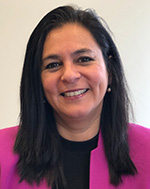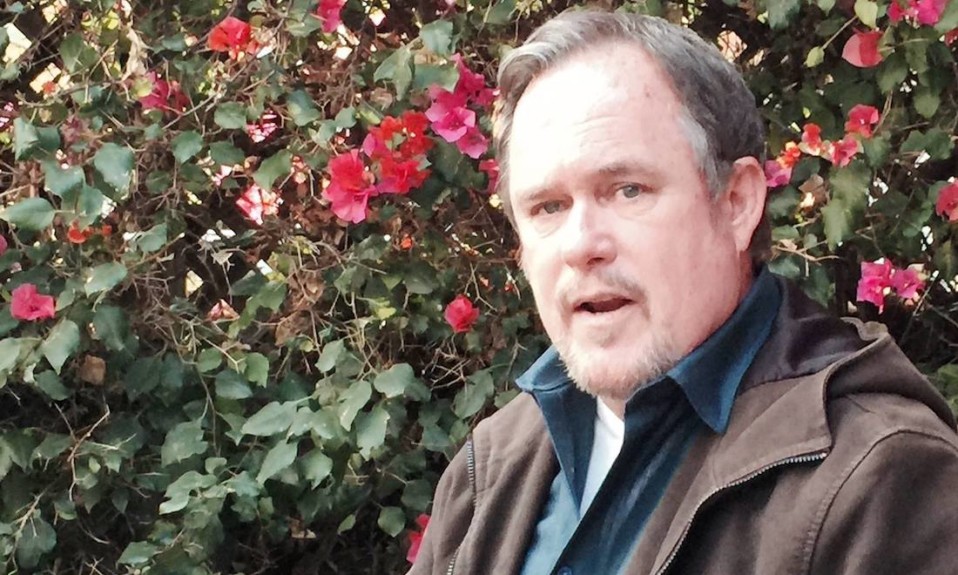Gateway’s Warm Hand Off program helps to ensure that hospital patients with substance issues are placed in treatment facilities that can enhance their recovery chances
By Jason Langendorf
With the addiction and treatment community set to recognize International Overdose Awareness Day on Thursday, Gateway Foundation is commemorating its Illinois-based addiction referral program that helps to place hospital patients exhibiting signs of substance use disorder (SUD) with appropriate treatment facilities.
Gateway’s Warm Hand Off program is currently in place in 26 hospitals across Illinois, and the recent signing of a memorandum of understanding with another hospital system will soon bring that total to 28. Since the launch of the program pilot in 2018, more than 5,000 patients have been consulted or received treatment as part of Warm Hand Off.
“Nearly 72% of those who die of an overdose averaged four previous hospital visits,” says Karen Lambert, president of Advocate Good Shepherd Hospital, a Warm Hand Off program partner. “If we don’t collectively address the core of someone’s substance use disorder, their next overdose could be their last.”
The Warm Hand Off Program

Here’s how the Warm Hand Off program works: Patients in emergency room departments or on medical-surgical floors in participating Illinois hospitals who have suffered an overdose, are detoxifying or show other signs of a possible SUD or co-occurring mental disorder are engaged by program staff. Certified addiction counselors and licensed clinicians are placed with partner hospitals, and recovery coaches conduct motivational interviews to encourage patients to consider their options—including treatment that is often available immediately upon discharge.
Says Teresa Garate, PhD, Gateway’s vice president of strategic partnerships and engagement: “In an ideal world, and in the ideal model, we engage with that person, whether the hospital says they’re discharging this afternoon at five or tomorrow morning—we work to get them a bed ready and we do the transportation and get them there.”
Participating patients, most of whom are recommended for residential treatment, aren’t always placed right away, says Garate. Patients sometimes need to return home to make arrangements for their children or pets, for instance, and occasionally no beds are available in a nearby partner facility. Patient preferences and insurance hurdles may also delay their transition. But for those patients, a recovery coach will be sent to their home or a follow-up call will come from program staff to ensure they don’t miss their appointment. “Every patient that says yes gets hooked up to a facility,” says Garate.
Program Outcomes
Only 15% to 20% of beds that are filled as part of the Warm Hand Off program belong to Gateway treatment facilities. But in a sense, that indicates the system is working.
In a redacted case study of a two-facility hospital system in Illinois, data shows the Warm Hand Off program engaged with 612 patients, resulting in 261 referrals (a 42.7% referral rate); 92 of those referrals successfully transitioned to a partner SUD treatment provider from the hospital ER or upon discharge (a 35.3% success rate).
The key statistic may be the number of referrals who successfully transitioned to an SUD treatment provider from a hospital emergency department or upon discharge: 78 out of 92, for an 84.8% treatment completion rate.
While those numbers may seem low, research indicates that many people suffering from SUD pass through emergency rooms and hospitals several times before seeking treatment. The key case study statistic may be the number of referrals who successfully transitioned to an SUD treatment provider—Gateway or otherwise—from a hospital emergency department or upon discharge: 78 out of 92, for an 84.8% treatment completion rate.
The Warm Hand Off program is funded mostly by grants from the Illinois Department of Human Services Division of Substance Use Prevention and Recovery, and Garate says Illinois—and other states—just received funding renewals from the federal government. Although the grant dictates that opioid use disorder (OUD) patients must be given first priority, program staff can engage with any patient at a partner hospital.
In something of a twist in the industry, Garate says she isn’t particularly worried about the money running out. She says initial fears at hospitals (“large bureaucratic entities”) were gradually allayed when the program showed not only success in terms of treating patients but also return on investment.
“The model is very economical,” says Garate. “It’s not expensive. It doesn’t require brick and mortar. We work bedside in the hospital, so our goal is to continue building those relationships. And if ever the grants were to go away, or we couldn’t secure grant dollars to do this, I think it would be very easy to convince the hospitals to pay for it.”
Top photo: Priscilla du Preez














